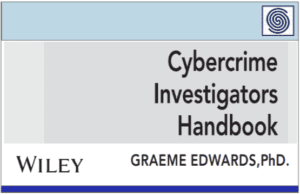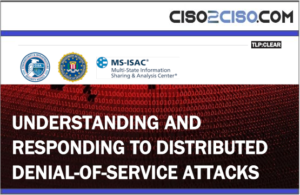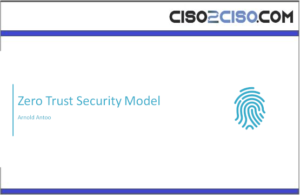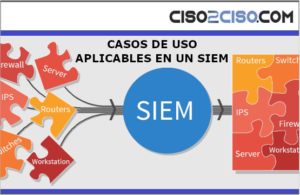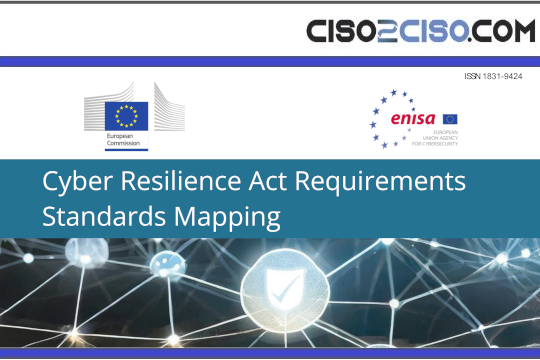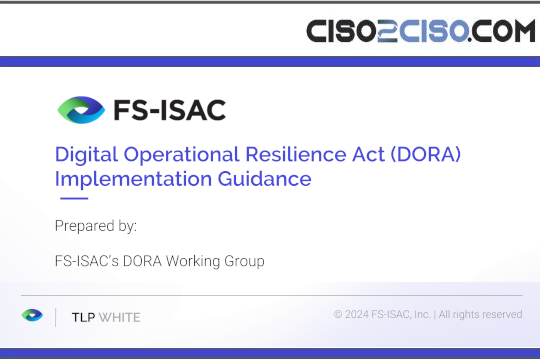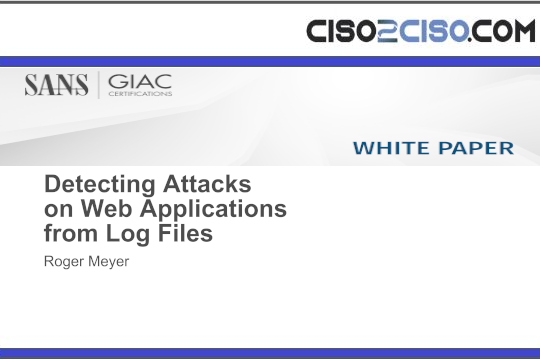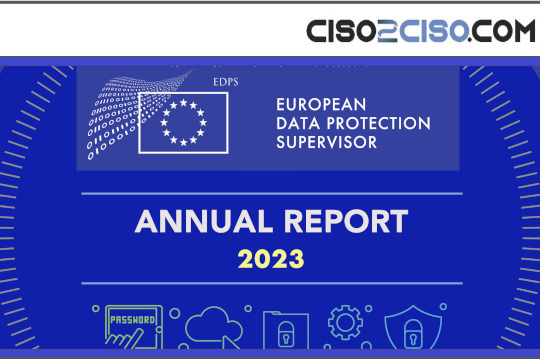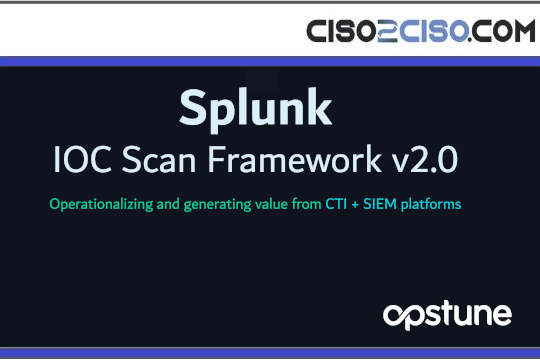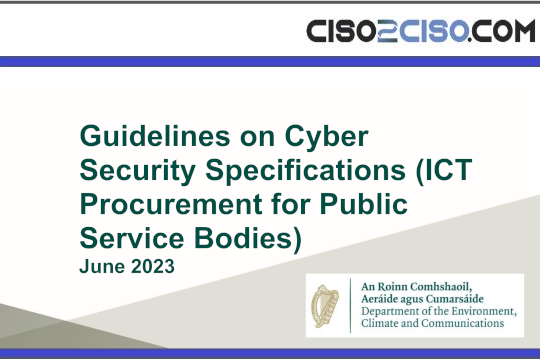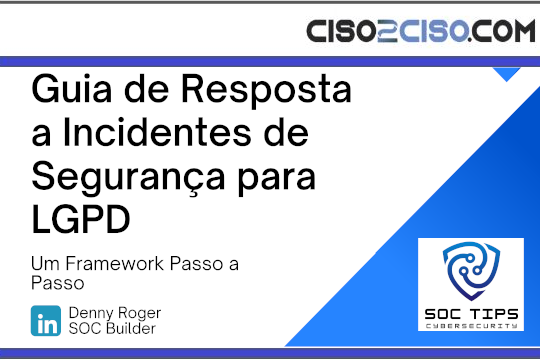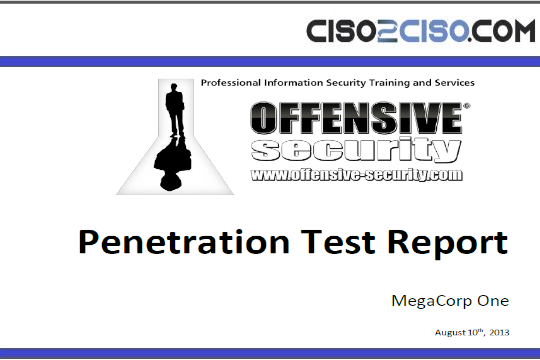Effectively apply threat information
The document provides insights into Indicators of Compromise (IoCs) and their significance in detecting threats within networks. It emphasizes the importance of contextual information in IoCs to enhance threat detection capabilities. IoCs can encompass various attributes such as IP addresses, domains, URLs, email subjects, vulnerabilities, file hashes, and URL patterns.
It highlights the recent change in the definition of TLP-Amber, allowing for sharing information with clients if necessary, whereas previously limited to internal sharing within an organization. Implementing IoCs within an organization requires specific tools, logging enabled on central systems, and individuals with expertise in the subject matter.
The process of processing IoCs involves searching for hits within an organization using tools like proxy servers, DNS servers, email logs, firewalls, IDS/IPS, and system logs. It stresses the need for providing as much contextual information as possible to IoCs to aid in threat detection effectively.
Furthermore, the document discusses the sharing of IoCs between organizations to help prevent incidents and enhance incident response capabilities. It explains how organizations can extend the characteristics of IoCs to gain a better understanding of incidents and detect similar attacks.
Overall, the document serves as a guide for information security professionals on effectively applying threat information through IoCs to bolster cybersecurity measures within their organizations. For more detailed information, the provided links in the document can be referenced.
Views: 0







